🌿 The Hidden Ingredient - Introduction
A Series on Plant Dyes
TL;DR: What started as a personal story about fabric sensitivity reveals the hidden risks of synthetic textile dyes—and introduces a journey into plant-based alternatives that don't just color fabric, they care for your skin.
"It started with a question I never thought to ask: What's in the color?"
I used to think of dyes—if I thought of them at all—as just that. Color. A coating. A cosmetic detail. Something superficial.
That changed when my mother got cancer.
She began reacting to fabrics. Bedding that had always felt fine suddenly left her skin red, itchy, inflamed. It was a small detail in the avalanche of a diagnosis, but one that stuck with me. We were careful with food. Careful with creams. But fabric? Fabric was supposed to be neutral.
I didn't even realize fabric had ingredients.
That was my first encounter with the idea that dyes could be dangerous—especially for someone with a compromised immune system. I learned that most modern dyes are synthetic, made from petrochemicals. Many are known irritants. Some are even linked to cancer. And in places like the U.S.? Textile dye regulations are practically nonexistent.
But this post isn't about the poison.
It's about the potential.

💀 Beauty and Poison
Color has always carried consequences. And history is full of reminders:
- 🟢 Scheele's Green – This vivid shade, once found in wallpaper, gowns, and even candy, was made with arsenic. In damp rooms, it released toxic gas. Napoleon may have died surrounded by it—his bedroom walls were covered in arsenic-dyed paper.
- 💃 Victorian women wearing arsenic-dyed dresses sometimes fainted mid-ball—literally poisoned by fashion.
- 🌟 Radium creams – In the early 1900s, radium was added to toothpaste and beauty products for a "healthy glow." The result? Radiation sickness. Women working in radium factories—the famous "Radium Girls"—suffered jaw decay and cancer from painting watch dials with luminous paint.
- 🧢 Mad as a hatter – That phrase? It comes from mercury poisoning. Hat makers in the 18th and 19th centuries used mercury to shape felt, often developing tremors, hallucinations, and memory loss.
- 🟡 Lead chromate yellows – Used in curtains, paints, and even children's clothing. It made colors vibrant—and damaged the nervous systems of those exposed. Some vintage fabrics still carry the risk.
- 👕 Azo dyes – Still common in mass-market clothing today. Some types break down into carcinogenic amines. Banned in the EU. Still legal in the U.S. Often found in underwear, athletic wear, and even "natural" products dyed with synthetic colorants.
🧬 Worse: these dyes don't just sit on your clothes. They can absorb into your skin—especially when you sweat, sleep, or heat up.
We've poisoned ourselves in the name of beauty before.
And we're still doing it now—just less visibly.
🐦 The Canaries in the Closet
Today, more people are experiencing sensitivity to textiles—not from the fabric itself, but from the chemical finishes used to dye and treat it.
Some call themselves "canaries"—like the birds once used in coal mines to warn of danger before humans could detect it.
They're sending us a message.
Common symptoms include irritation, inflammation, rashes, headaches, fatigue. Many don't even realize the clothes they wear could be the trigger. We blame detergent. We blame allergies. Rarely do we blame color.
But you don't need a medical diagnosis to be affected.
You just need to wear clothes.
Did You Know?
Multiple Chemical Sensitivity (MCS) is a growing condition where people develop hypersensitivity to everyday chemicals. It's often linked to overexposure, and the body's reaction resembles a kind of chemical PTSD.
For people with MCS, textile dyes can cause immediate, intense symptoms—rashes, fatigue, brain fog.
At AIZOME, MCS sufferers are some of our most loyal customers. They feel the difference instantly.

🌱 Rediscovering Color That Cares
In the rush for cheap, scalable color, we forgot something important: dyes didn't always come from chemicals. They came from plants.
And across cultures, these dyes weren't just beautiful. They were chosen with intention—for ritual, for season, for protection.
- 🔹 In Japan, indigo was believed to aid wound healing.
- 🔸 In India, turmeric-dyed fabrics helped reduce inflammation.
- 🔺 In Mali, indigo cloths were wrapped around newborns for protection.
- 🌰 In Persia and West Africa, pomegranate bark was used to strengthen skin and support healing.
Traditional dye masters weren't just creating color. They were practicing textile medicine.
At AIZOME, we've partnered with researchers to test these effects. And yes—modern science confirms: some plant dyes support skin health. The ancient wisdom holds up.

📚 Introducing the Series: Plant Dyes With Purpose
This is the first post in a series exploring the plants that give AIZOME its colors. Each one is more than a dye — it's a chapter in a 5,000-year-old story of healing, heritage, and care. Over the coming weeks, I'll introduce you to:
- 🔵 Indigofera tinctoria (Indigo) – The Samurai's Blue: How Indigo Defends and Soothes the Skin
- 🟥 Rubia tinctorum (Madder Root) – The Blood Memory of Plants: A Root that Reaches Deep
- 🟡 Punica granatum (Pomegranate Rind) – The Sun's Skin Protector: Ancient Fruit, Modern Calm
- 🌰 Juglans regia (Walnut Hull) – The Forest's Balm: A Dark Oak Tone with Antifungal Power
- 🩶 Rhus coriaria (Sumac) – Sacred Silver: Astringent Elegance with Antimicrobial Strength
- 🤍 Virgin Cotton (Undyed, Unbleached) – No Dye, No Drama: The Purest Fabric for the Most Sensitive Skin
Each post will dive deep into the plant's traditional use, modern science, and role in textile wellness — plus answer your questions along the way.
💬 Let's Talk About It
Have you ever had a strange reaction to clothes? Wondered why "organic cotton" still made you itch? Or just want to understand what's touching your skin?
- 💬 Share your story in the comments
- 💌 Send us your questions by email
- 🧵 We'll answer every message—and use your questions to guide future posts
This isn't just a blog series. It's a conversation.
Let's reclaim color as something that heals, not harms.
Let's start with the hidden ingredient.

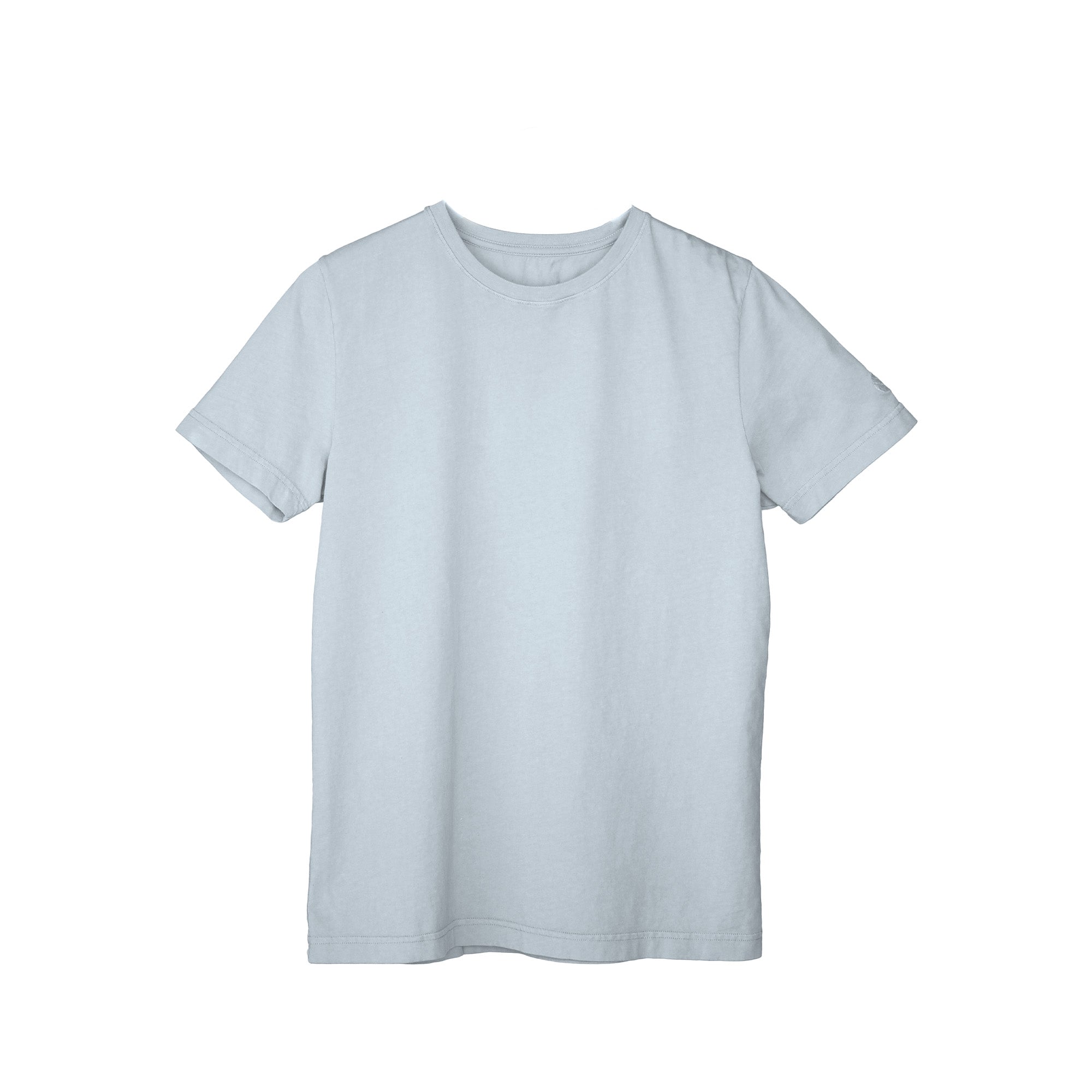

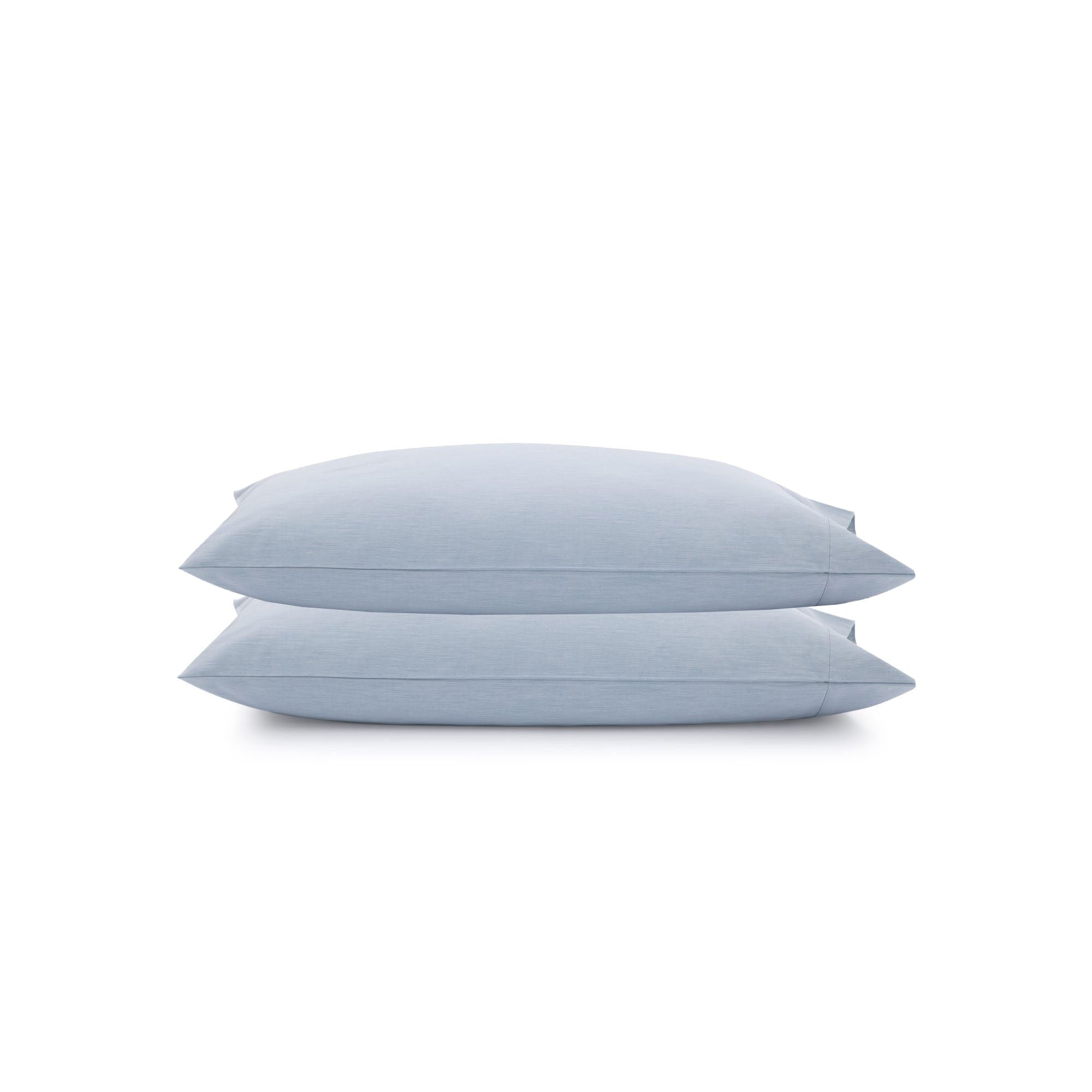
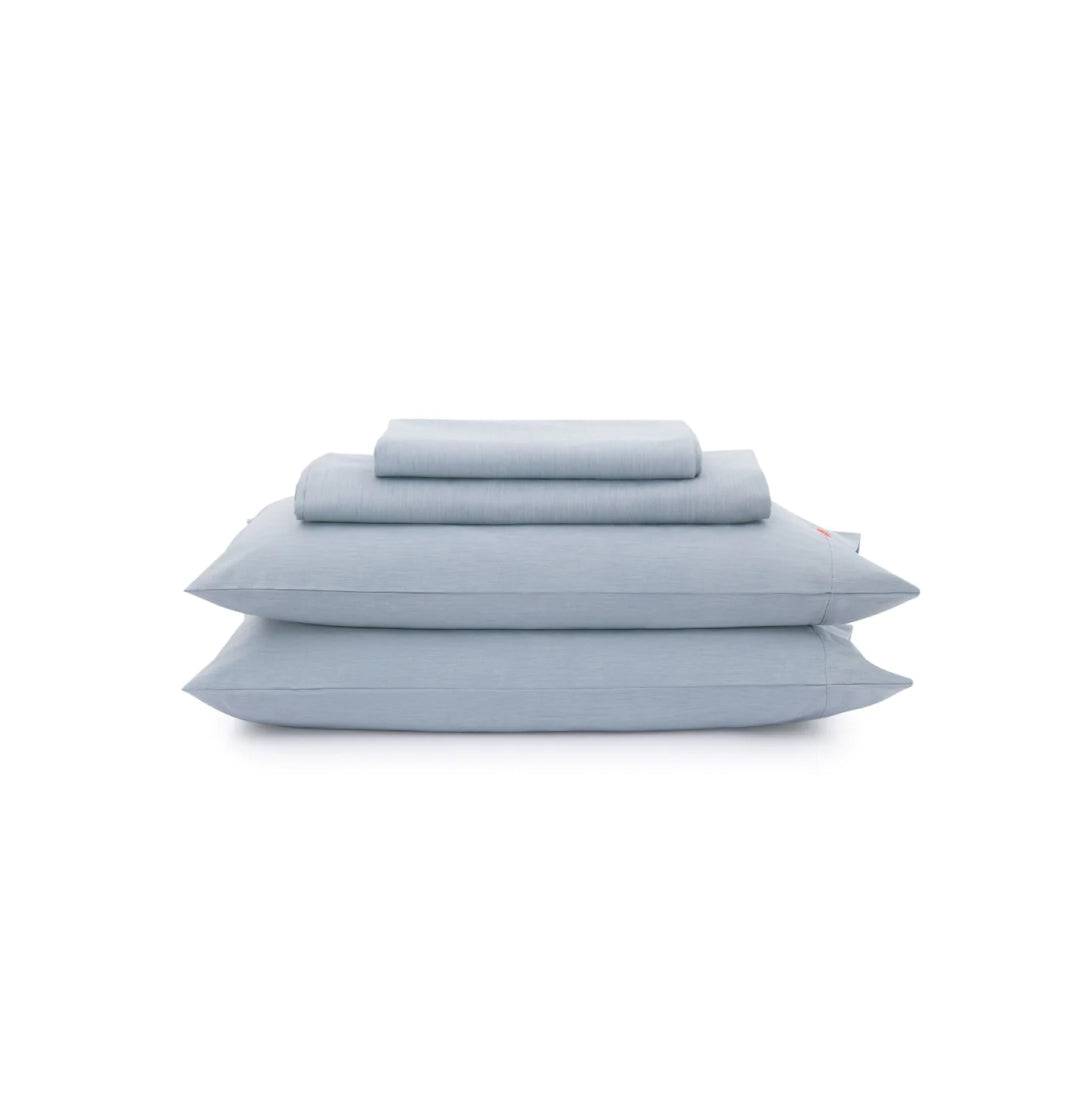
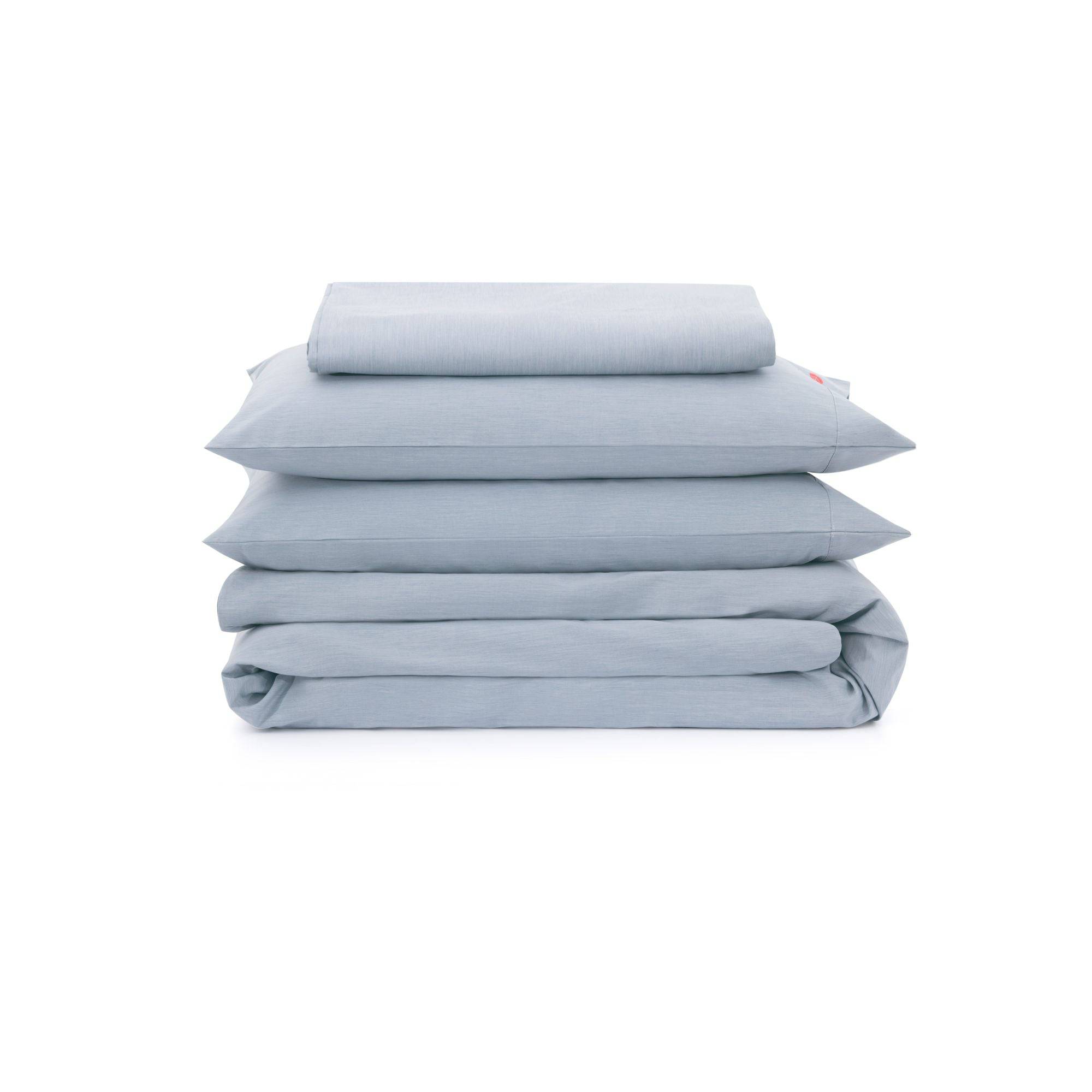
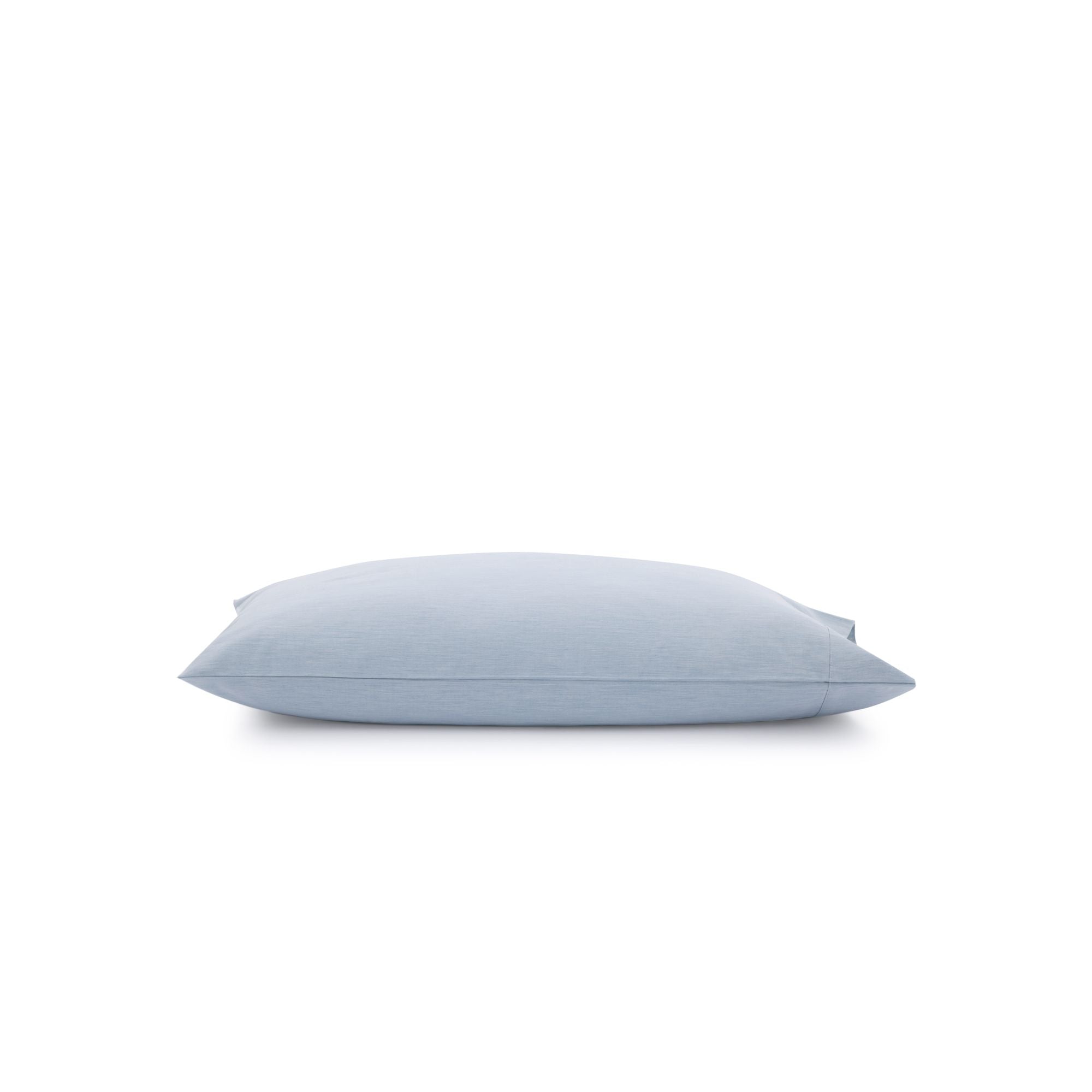
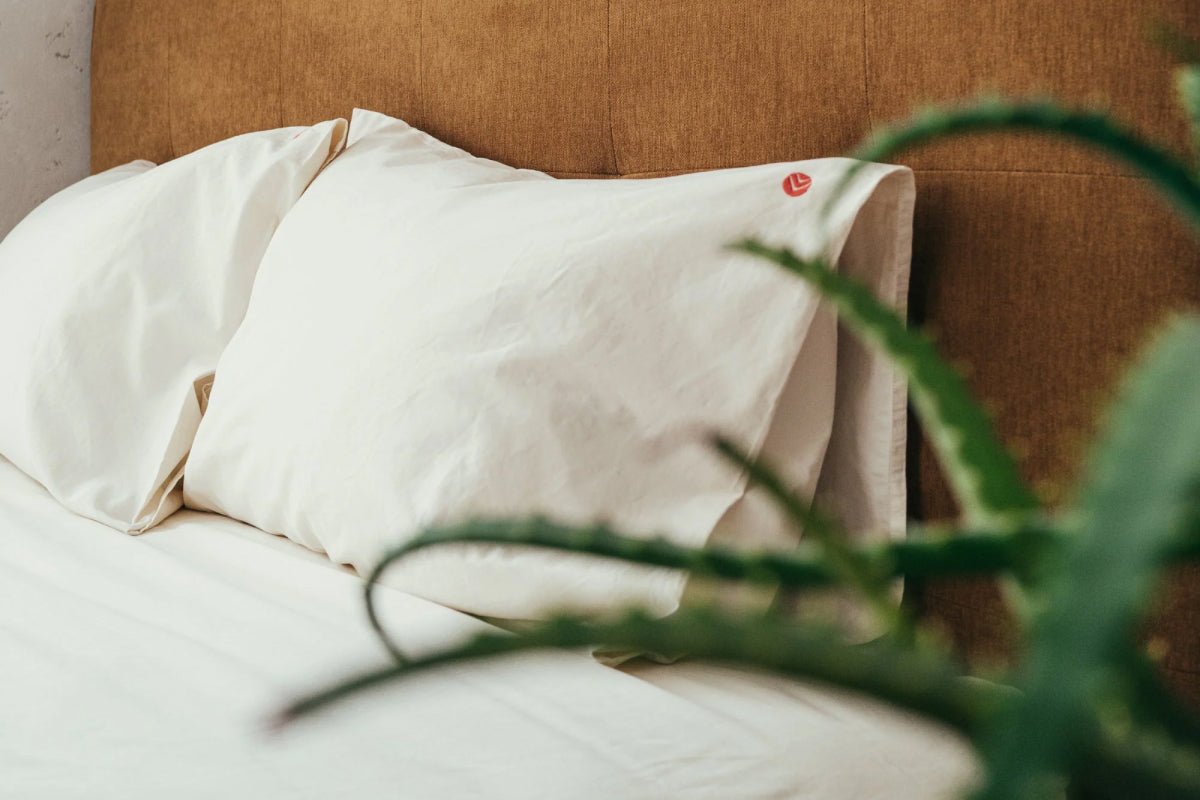 Bedding
Bedding
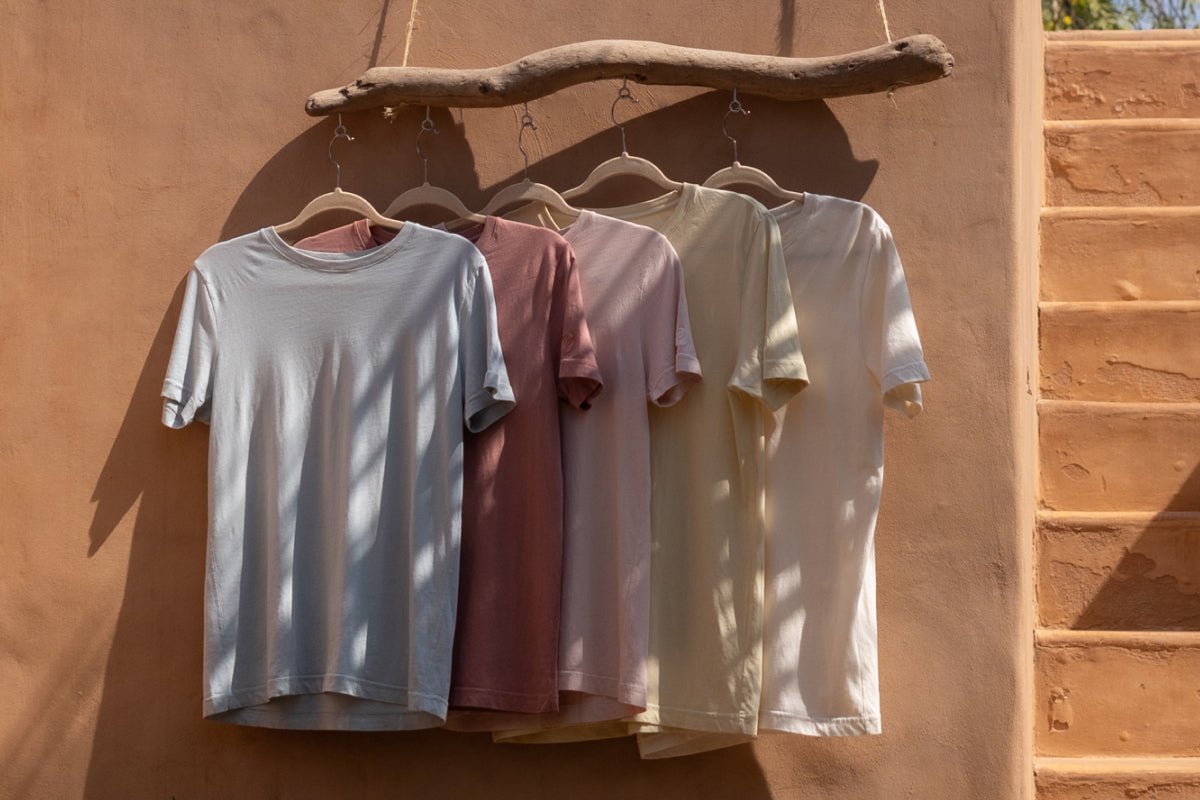 Clothing & Accessories
Clothing & Accessories
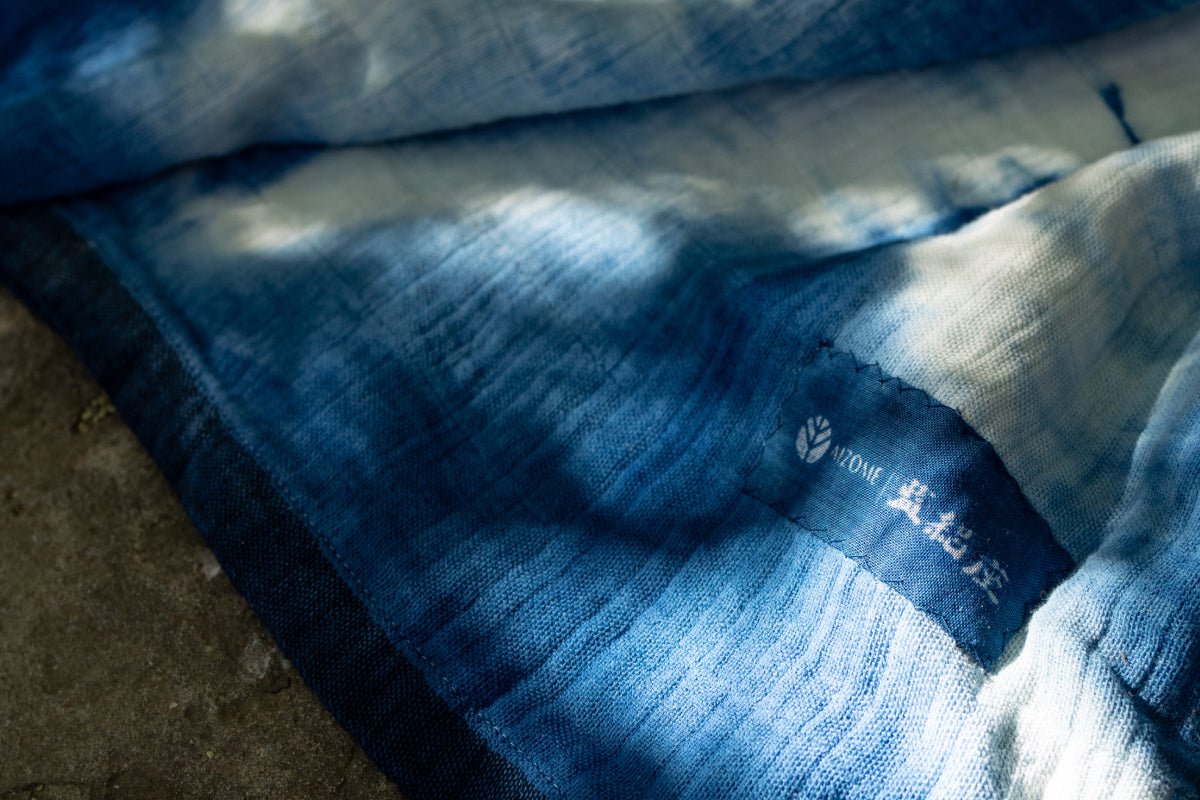 Artisan Line
Artisan Line
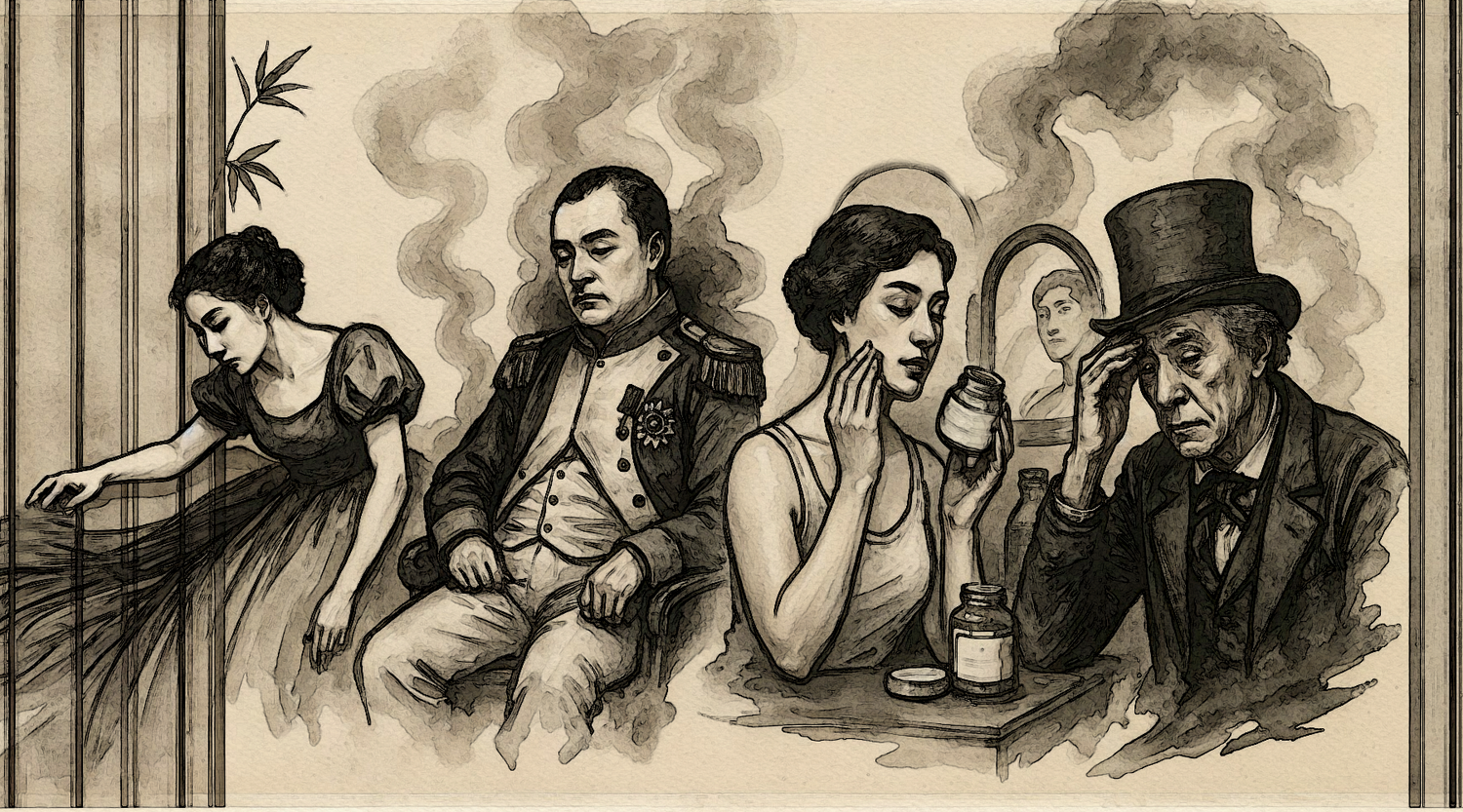

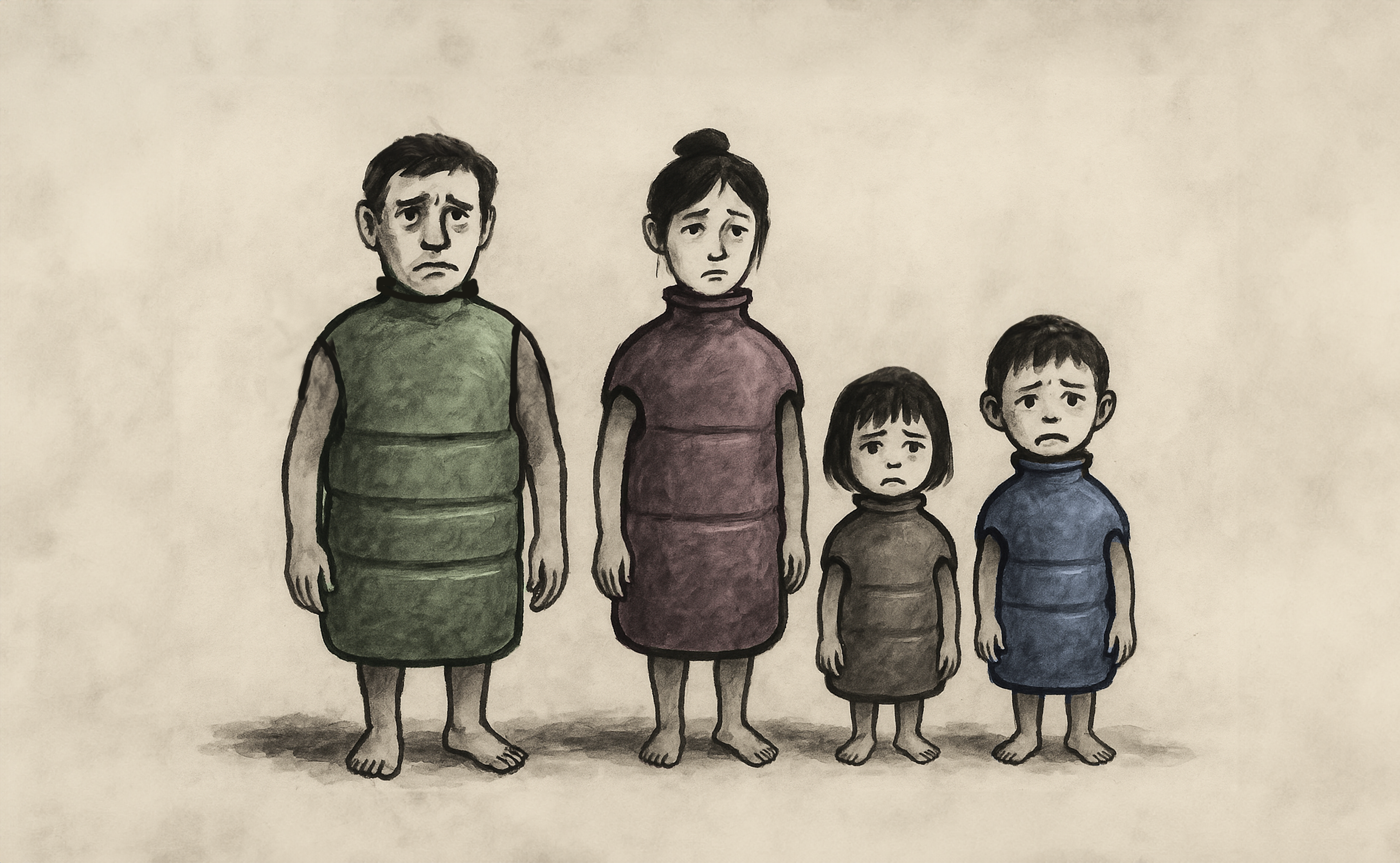

Leave a comment
All comments are moderated before being published.
This site is protected by hCaptcha and the hCaptcha Privacy Policy and Terms of Service apply.